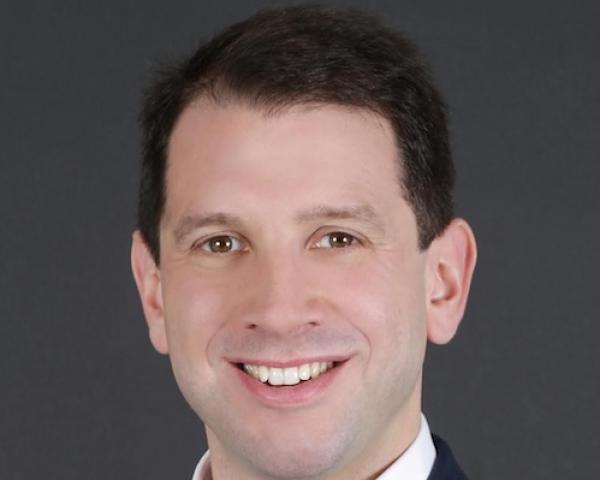AI and generative AI are revolutionizing risk management, replacing standardized, one-size-fits-all models with personalized risk assessments and precisely tailored mitigation strategies. This transformation empowers businesses to make data-driven decisions, fostering a more predictive and proactive approach to risk. Insurance organizations that embrace AI-driven solutions in risk management will not only enhance their resilience but also gain a competitive edge in an increasingly dynamic market.
This article explores key foundational strategies for risk mitigation, emphasizing the integration of AI and agentic AI to enhance workflow efficiency, mitigate hazards and enable proactive decision-making.
Aggregating Data and Seamless Integrations
To truly realize the power of "predict and prevent," insurers must first establish a strong data foundation. This involves bringing together enormous and diverse pools of data – everything from prior claims and customer data to real-time IoT sensor data and external environmental data – into a single coherent and shareable repository.
Modern architectures like the data lakehouse bring the scalability and flexibility required to set up such an endeavor, while allowing structured and unstructured data to exist together. Flexibility to consolidate this data centrally and integrate it with sophisticated analytics tools and third-party data sources is also key. This can be achieved through partnerships with specialized data providers that offer pre-packaged risk intelligence or by building sophisticated homegrown integration solutions, whereby actionable insights can be extracted and communicated efficiently within the organization.
The ability of AI to aggregate and interpret information from increasingly heterogeneous sources (text, images, video, sensor inputs, geospatial data, biometric data, etc.) will produce ever more inclusive and contextually aware risk estimates.
The Dual Approach to Future-Proof Risk Management
To mitigate risks by addressing hazards in real time, organizations must implement a well-structured central repository to store rules, manage versions, track changes, and facilitate reuse across applications or processes. Logical grouping—whether by process stage or product line—enhances navigability and ensures streamlined rule deployment.
A centralized rules engine powered by agentic AI can enable carriers to dynamically adapt straight-through processing workflows, allowing for real-time risk mitigation and proactive decision-making. With access to central data, agentic analytics can be used for live streams of IoT sensor data, telematics, and customer behavior to detect risk patterns as they develop. For instance, by analyzing claims data anomalies in combination with external signals (such as weather and market trends), agentic platforms can alert insurers to high-risk conditions before they translate into large-scale losses.
While agentic AI analytics detect anomalies, simulate exposure, and trigger actions in real time, centralized rules ensure uniform decision-making across underwriting, claims, compliance, and catastrophe response. Together, they reduce fraud, improve regulatory adherence, and enhance operational resilience in an increasingly complex risk landscape.
Ethical AI in Risk Mitigation
The integration of AI comes with complex ethical considerations. Bias in data can result in unfair or discriminatory outcomes, creating significant reputational risks. Privacy and data security remain critical concerns, given the extensive use of personal information in AI-driven systems. The opaque nature of certain reasoning models, particularly their hidden layers, raises challenges around explainability and trust.
To ensure responsible adoption, organizations must establish clear accountability measures and conduct regular audits of AI systems. Concerns about AI fabricating responses further underscore the importance of verification methods, such as retrieval augmented generation (RAG), to ground outputs in factual data.
Additionally, discussions around AI bias in underwriting highlight the necessity of objective criteria and human oversight to prevent discriminatory practices. By integrating actuarial oversight into the AI lifecycle, organizations can create a more transparent, accountable, and resilient risk mitigation strategy. Actuaries play a vital role in contextualizing model-generated predictions within real-world constraints, protecting against overfitting, bias, and unforeseeable consequences.
Looking Ahead
The shift to a "predict and prevent" model of risk management is a continuing approach, and both opportunity and challenge are compelling it forward. As catastrophic loss prediction using AI becomes increasingly sophisticated, the industry has the rare opportunity to put more effective preventative solutions in place, potentially reducing the impact of major events and creating a positive effect on the property market.
In spite of risks like data bias and job displacement, AI's role as an intelligent assistant is indisputable—augmenting human knowledge instead of replacing it. The insurance sector is at a tipping point, having the technology and strategic intent to create a more robust tomorrow.
Effective use of AI and GenAI for pre-loss risk prevention demands an integrated approach—one that weighs technological advancement with a resolve for responsible development, ethical application, and continuing learning. As these technologies develop, their impact in helping to protect assets, save lives, and create improved organizations and communities will only increase, heralding a new era where loss prevention is no longer a dream but a reality.





















